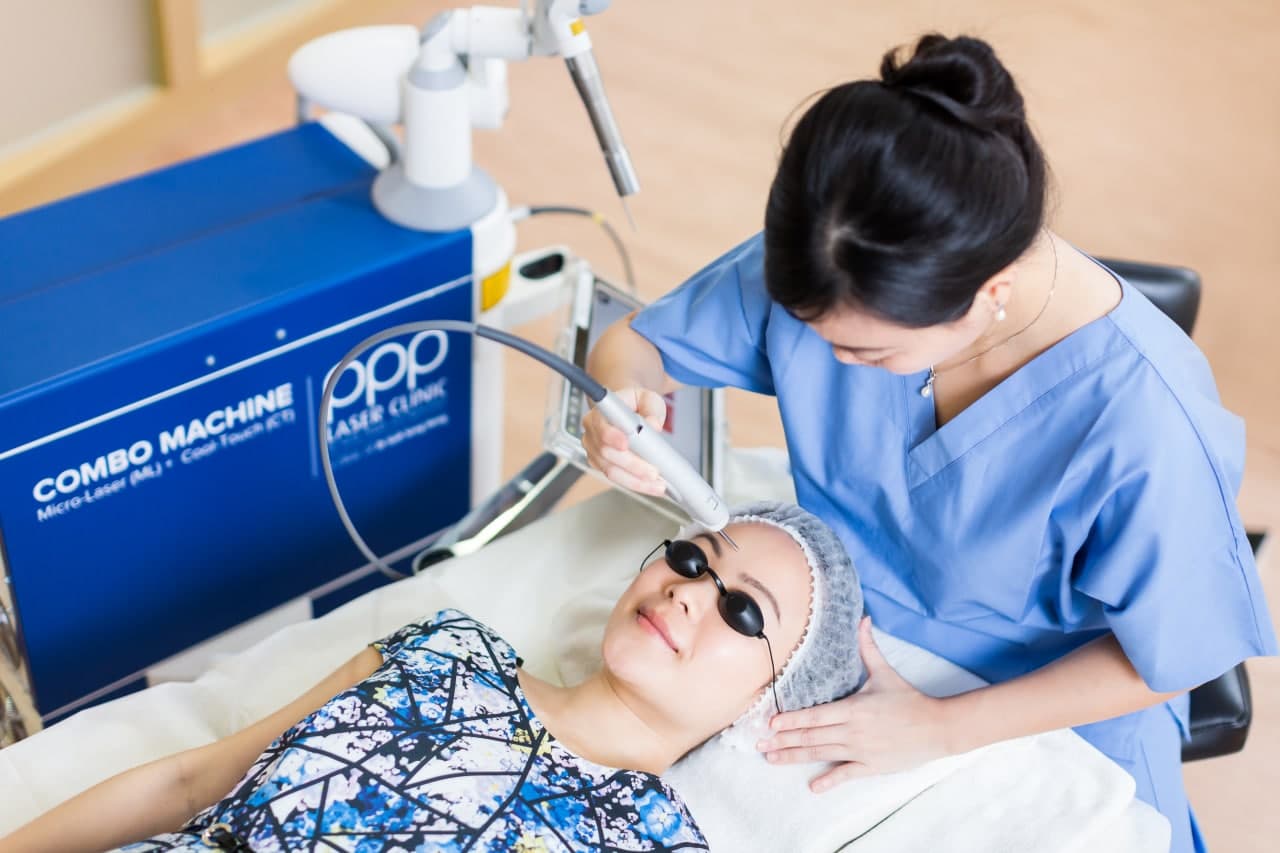
Lasers can do wonders for the skin! They are beneficial in treating skin concerns such as acne scarring, hyperpigmentation, and wrinkles. Laser facials work by deeply cleansing the skin, shrinking oil glands, breaking up melanin to even out the complexion, and boosting collagen production.
As a tool, lasers have proven to be dangerously powerful and are used in so many other ways. It is somewhat scary to think of its use on the skin, which is so delicate. It is no wonder that rumors and myths surround laser procedures, so let us debunk the most common ones together.
Myth 1: Cosmetic lasers are a “new” technology and still in the experimental stage
Laser treatments for the face have been around for years. From the first tattoo removal treatments performed in 1962 by dermatologist Leon Goldman, cosmetic lasers have been utilized for scarring, hair reduction, wrinkles, skin pigmentation, stretch marks, and more.
Countless clinical studies have been conducted to ensure that it is both safe and effective. These treatments were developed to give the desired results while avoiding unwanted side effects. A professional who is an expert in laser treatments will be confident in their work to give you the best results for your skin and minimize the side effects.
Myth 2: Laser treatments require a lot of recovery time
Having to hide out for days after doing a laser treatment is a thing of the past. New technology has improved drastically in the past decades. Minimizing the recovery time is a big one and the non-invasive process has been designed to be gentle.
Nowadays, laser facials require no downtime at all. Sessions can be done during your lunchtime, even one after the other, and you can immediately return to your daily grind. Minor redness or swelling (which rarely occurs), usually subsides within a few hours.
Myth 3: Laser treatments are painful
Lasers work by getting the skin to heal and renew itself and are therefore believed to be a painful experience that can scare a first-timer. A tingling sensation is to be expected during a laser treatment, but it should not be painful. Some patients describe the feeling as a warm sensation.
It can vary from person to person, depending on the pain threshold of the patient. It is always safer to let your laser expert know if you are feeling uncomfortable during your procedure. They will be knowledgeable to determine whether what you are feeling is normal or needs attention.
Myth 4: Laser treatments cause the skin to thin out or become weak
It is often believed that laser facials leave the skin thinner or sensitive. On the contrary, laser treatments to the skin encourage the production of collagen and elastin formation which replaces damaged cells to heal the skin. Collagen thickens the skin and elastin makes the skin firmer and plumper.
The skin’s texture and tone are improved, pores and blackheads are reduced, and wrinkles and fine lines are smoother. Laser facials help to achieve healthy and radiant skin. As a rule, choosing an experienced laser expert ensures that they have a good understanding of the limits of the equipment used.
You can now schedule an appointment!
Are you looking forward to a naturally smooth and bright complexion? Quiklaser is changing the way that you care for your skin. With over 30 years of clinical experience, they are able to treat cosmetic skin problems to help you feel confident in your skin,
For more information and to book an appointment with us, call us at 604-428-7845 or fill out our online contact form.






